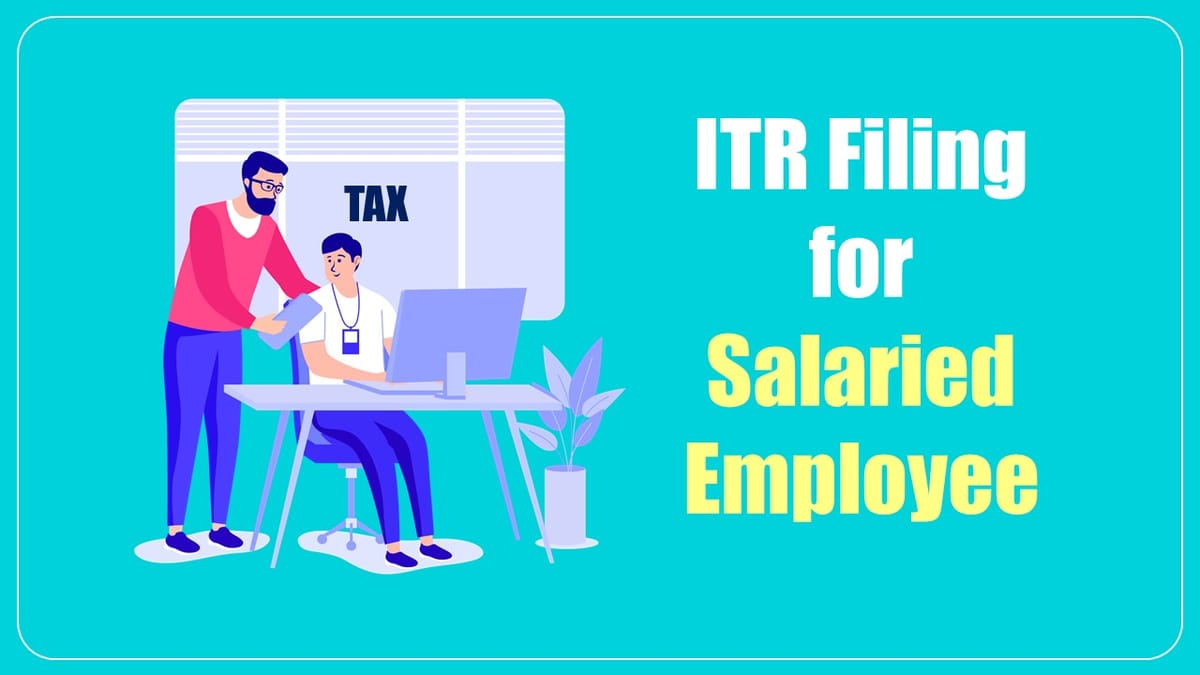The deadline for filing ITR for FY 2022-23 is July 31, 2023. A salaried employee can use the ITR-1 or ITR-2 form to file their income tax return.
Reetu | Jul 14, 2023 |

ITR Filing by Salaried Person; Know difference between ITR-1 and ITR-2
The Deadline for submitting an Income Tax Return (ITR) for the financial year 2022-23 (AY 2023-24) is July 31, 2023. This deadline is applicable on individuals whose accounts are not required to be audited. Through this article we will explain how a salaried individual may file his income tax return and which form he must use so that his return is a valid return.
A salaried employee can use the ITR-1 or ITR-2 form to file their income tax return. It is important to note that there is a difference between these two forms. Which type will be applicable to an individual is determined by the salaried individual’s sources of income. It is important to ensure that the tax return is filed using the correct form.
What if the Taxpayer is using an incorrect form?
If the person is using an incorrect form, it means he is filing an invalid ITR. This amounts to filing “No ITR”.
Filing an ITR using the incorrect tax return form will result in an incorrect ITR submission. In this case, the tax department will issue you a tax notice asking you to file ITR using the correct form. The form you must use to file ITR will be determined by the sources of your income throughout the financial year.
If you fulfill the below-mentioned conditions, then you will be able to file your tax return using the ITR-1 form. However, if a salaried individual has income from any other source like capital gains, foreign income, etc., or is a non-resident individual, he cannot file a tax return using ITR-1. You must pay attention to the points listed below:
A salaried individual can file his tax return using the ITR-2 form if he matches the below-mentioned factors:
In case of any Doubt regarding Membership you can mail us at contact@studycafe.in
Join Studycafe's WhatsApp Group or Telegram Channel for Latest Updates on Government Job, Sarkari Naukri, Private Jobs, Income Tax, GST, Companies Act, Judgements and CA, CS, ICWA, and MUCH MORE!"